They Cared: Origins of Military Nursing
A new and improved version of this page is found here!
A Day in the Life of a Nurse
Daily life for Canadian nurses during the First World War was filled with various routine tasks. Nurses took part in every step necessary to help cure the wounded soldiers, from treating patients to performing physical rehabilitation activities – and even construction work in building their own facilities. Since casualty levels were so high, nurses treated a tremendous amount of soldiers and saved countless lives. Here’s a breakdown of a typical day in the life of a military nurse.
Afternoon
Night
Morning
An Overview of the Canadian Nurse’s Uniforms
Canadian nurses were easily distinguished from nurses of other countries by their blue uniforms and white veils, which earned them the nickname “bluebirds.” The uniform consisted of a blue double-breasted blouse lined with buttons and a long blue skirt made of sturdy cloth, with a white collar and cuffs. Nurses frequently wore a white apron over their uniforms and some replaced the white veil with a wide-brimmed hat or helmet.
As officers, most nurses also had a dress uniform of a darker navy blue with red trim and a cape for colder weather. These dress uniforms would only be used for formal occasions and not for service. Like other Canadian officers, nurses received an allowance to help them cover the cost of their uniforms.
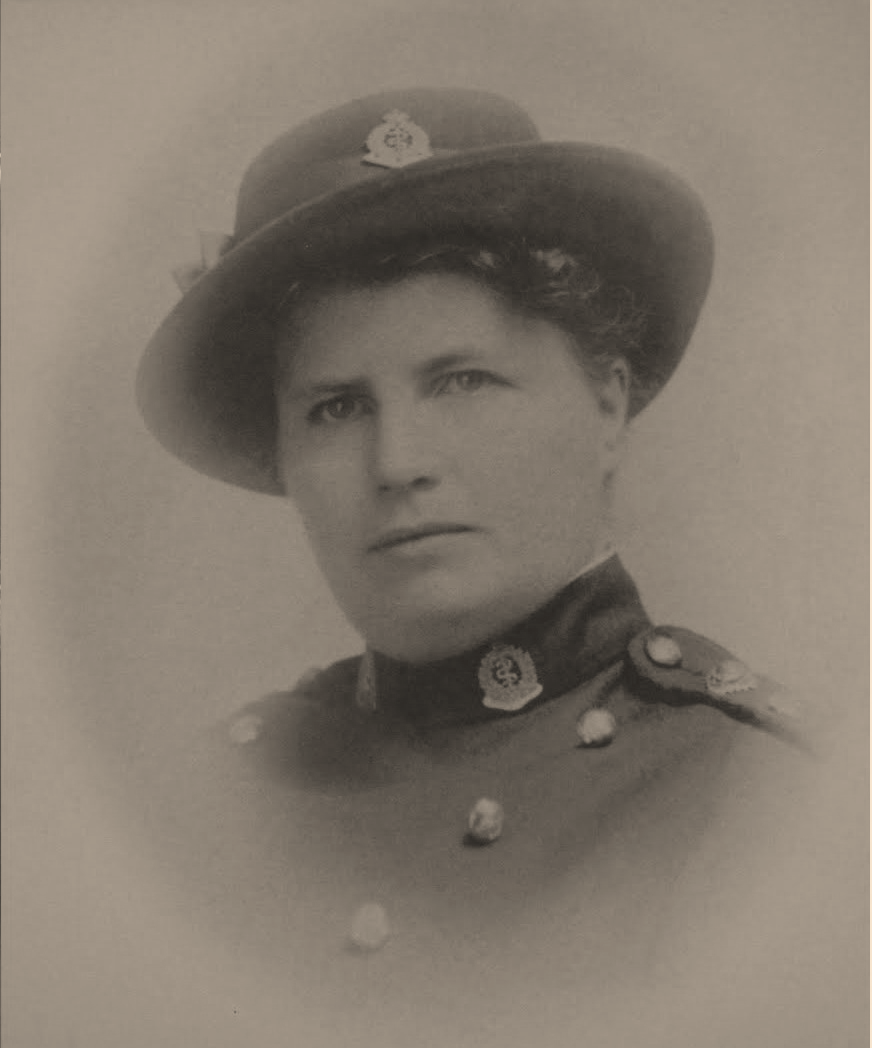
Yvonne Beaudry
Originally from Beauharnois, Quebec, Yvonne Beaudry was a Head Nurse at the Grosse-Île quarantine station, a mandatory stop for all immigrants going to Quebec City. Upon the outbreak of the war, she enlisted in the 6th Canadian General Hospital in Montreal and quickly gathered a group of 25 nurses to serve overseas. Her experience in management gained her the position of chief nurse at the Laval Hospital, a French-Canadian stationary hospital in France.
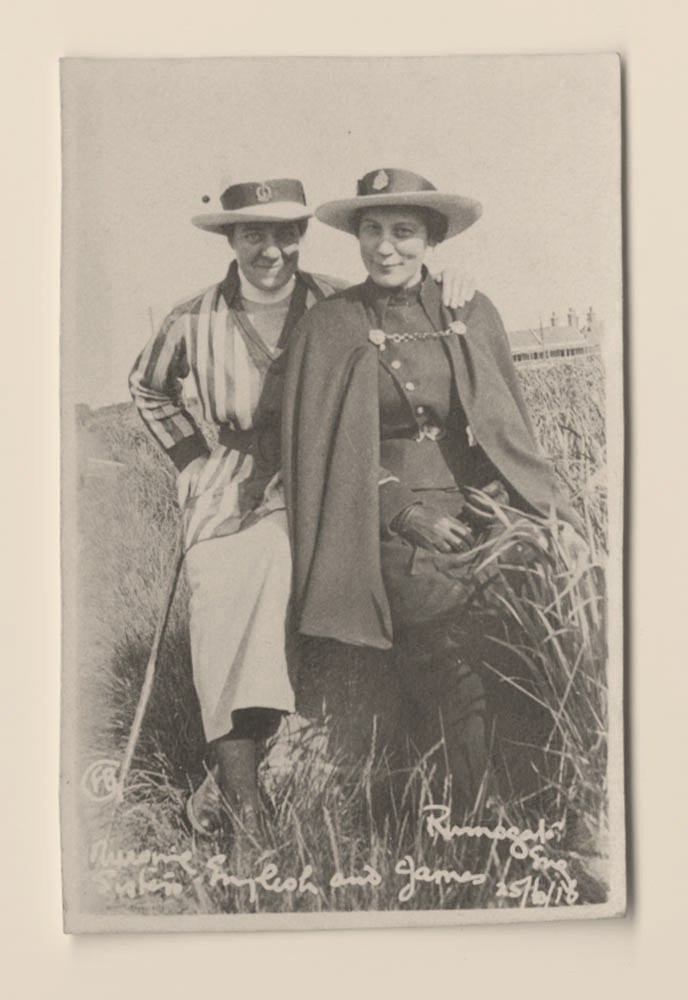
Mary Catherine English
Mary Catherine English, born in Ireland, moved to Montreal as a nurse in 1912. She became enlisted in February 1915 and sailed to England where she was assigned to the 2nd and 3rd Canadian Stationary Hospitals. In August 1915, she was stationed in Greece as part of a relief effort to support the wounded from the Gallipoli campaign.

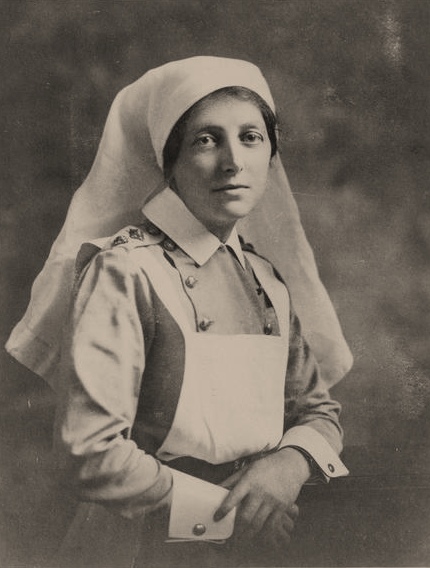
Alexina Dussault
Born in Saint-Hyacinthe, Québec, Alexina Dussault was a nurse who enlisted in the Canadian Army Medical Corps in September 1914. She worked in a field hospital in Boulogne, France until she volunteered to tend to the wounded on the hospital ship Llandovery Castle. On June 27, 1918 the ship was torpedoed by a German U-boat drowning 234 people on board. All 14 nurses, including Alexina Dussault, were killed by the attack.
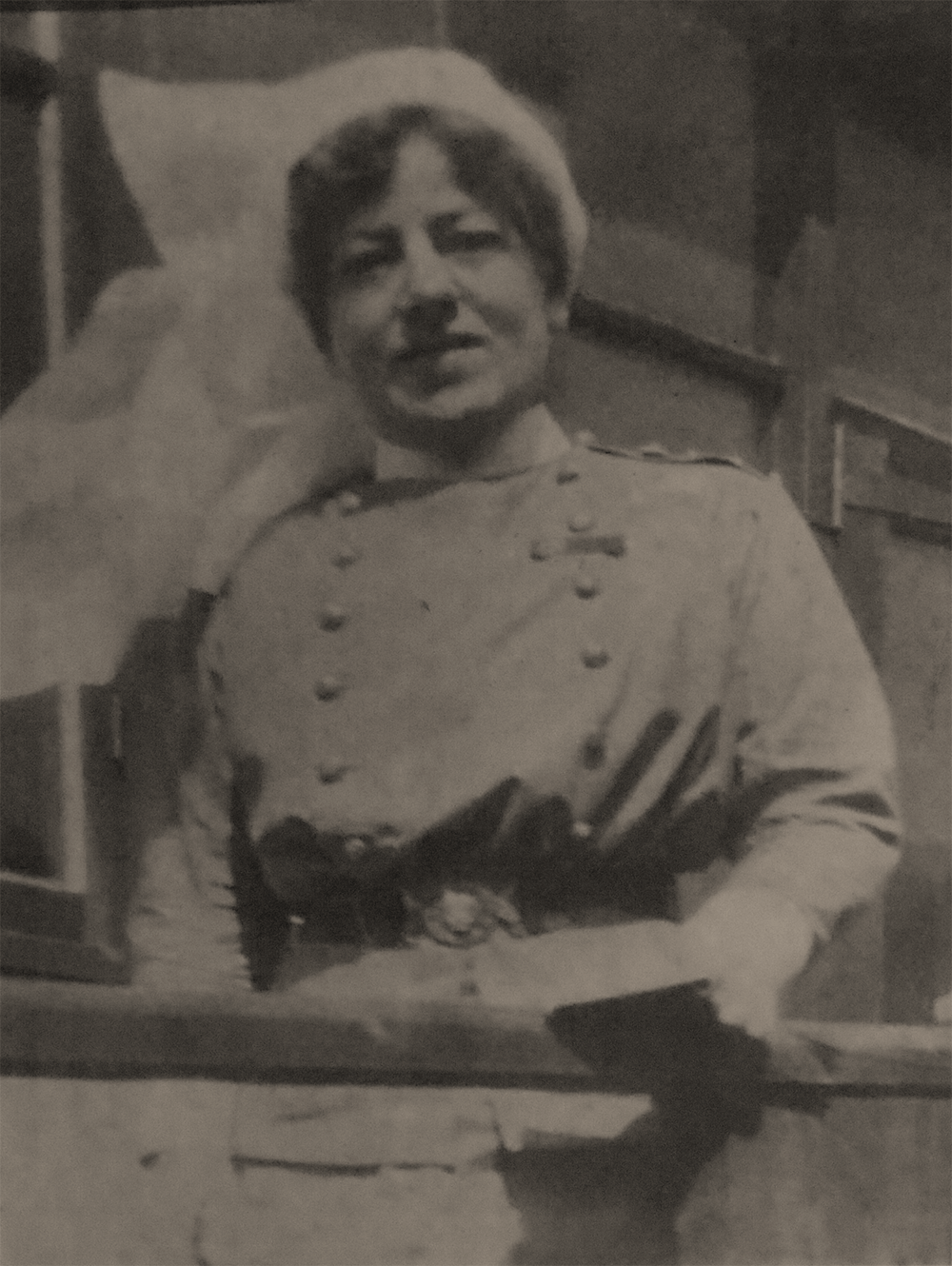
Margaret Heggie Smith
Born in Ottawa, Ontario, in 1872. Margaret Heggie Smith was one of the 12 Canadian nurses who actively participated in the Boer War. In 1914, she enlisted and spent two years serving in France. In 1916 she was transferred to the Ontario Military Hospital, England. She died shortly after the war, in 1920, having devoted her life to military nursing.

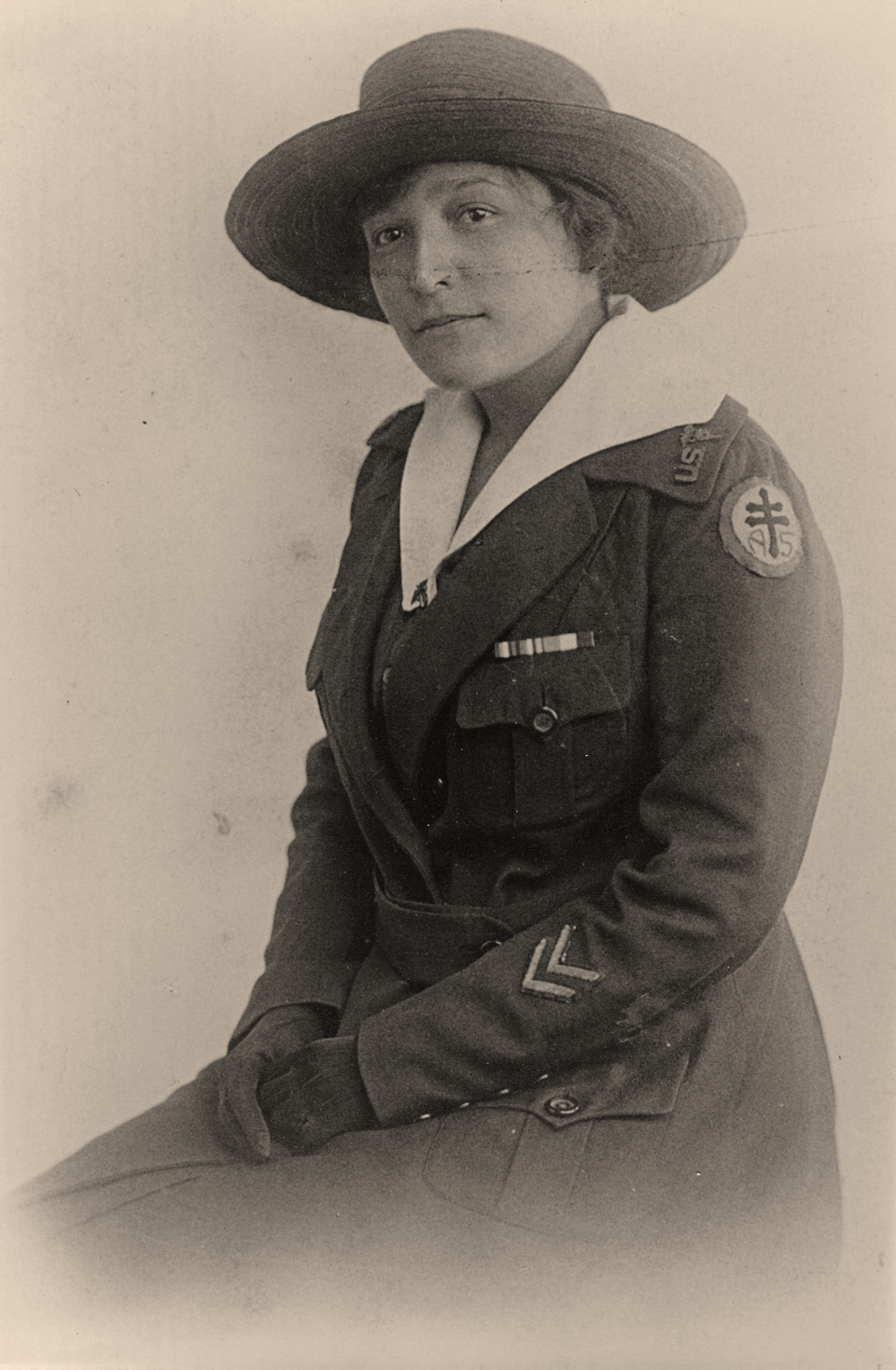
Charlotte Edith Anderson Monture
Born in Ontario in 1890, at a time when Indigenous women were not allowed to take part in most Canadian nursing programs, Charlotte Edith Anderson Monture decided to pursue her education in the United States. She graduated with honors from New York’s New Rochelle Nursing School and joined the United States Army Nurse Corps when the Americans entered the conflict in 1917. She became the first Mohawk veteran from the First World War and the first Indigenous woman to gain the right to vote in Canada.